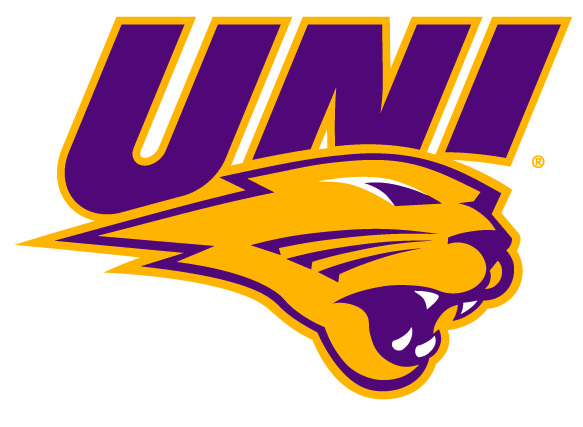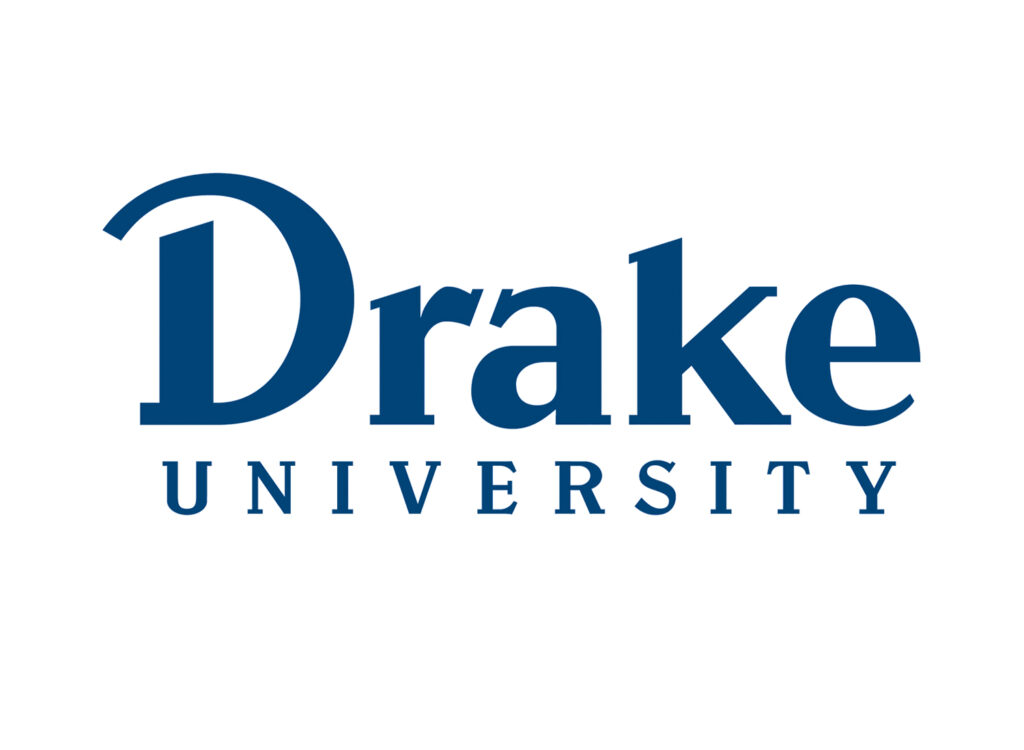College debt

Lowering the fourth-highest per capita student debt in the nation at graduation is a challenge that officials in Iowa hope to address before students even get to college.
That’s the basis of a statewide initiative headed by the Iowa College Student Aid Commission. A new program is designed to interactively teach high school students – particularly juniors and seniors – about financial literacy and how to use money smartly in order to reduce the amount of debt they have after graduation.
It’s a problem not taken lightly by officials. According to the latest numbers available from The Institute for College Access and Success (TICAS), students at the state’s public and private colleges graduate with an average of $28,833 in education-related debt, the fourth-highest level among the 50 states and the District of Columbia.
It’s an issue that crosses political boundaries. Gov. Terry Branstad helped introduce the program at a press conference earlier this month, and former Gov. Chet Culver designated money from the federal government’s College Access Challenge Grant to the Student Aid Commission in the fall.
The program will cost about $450,000 a year to run, and will be financed through a public-private partnership, with some of the money coming from the federal government’s Challenge Grant and some coming from the Iowa Bankers Association.
“We know that when the student is already in college, it’s too late. They are already well in the process of trying to figure out how to finance their education,” said Karen Misjak, executive director of the Iowa College Student Aid Commission. “If you can start getting the families and students thinking about the total cost of that education, then maybe they need to make some better choices.”
The challenge is to get students – and their families – to think about what their best options are for financing their higher education before building up debt, she said, and to do so in an engaging way for students.
Why is debt a problem?
According to the latest TICAS numbers, which the organization releases yearly through its Project on Student Debt, a whopping 74 percent of Iowa students graduate with debt, the second-highest percentage in the nation. Numbers were not available for Idaho or Hawaii.
“This is not one list we would like to be at the top of,” said Roberta Johnson, director of Iowa State University’s Office of Student Financial Aid.
Several factors contribute to such high numbers, she said.
The Iowa Board of Regents last year conducted an Access and Affordability Study, which found that though the cost of higher education has increased at public schools, the income of families in Iowa has not increased by a comparable amount.
In the period from the 1997-98 school year to 2006-07, the median household income in the state had gone up only 9.2 percent to $48,075. The average cost of attendance at the three state universities increased 64.8 percent during the same time period. The maximum federal Pell Grant award went up by 50 percent but covered only a fourth of the cost to attend school.
“Our median family income over the last 10 or 15 years has really stayed rather stable. But college tuitions have increased dramatically,” Johnson said. “There’s virtually nothing or very minimal (amounts) in terms of state dollars that are coming, especially to institutions like Iowa State. Then the only place that we have to go to get the difference for students to afford to be here is borrowing.”
The latest study by the National Association of State Student Grant & Aid Programs found that Iowa is No. 23 in the nation in state grant dollars per estimated population, and No. 34 in estimated undergraduate grant dollars per full-time enrolled student.
Johnson pointed out that other states have more financial sources to tap for their state grant programs. He used the examples of Wyoming and Texas, both of which can rely on oil money as an outside grant source, and both of which rank in the bottom half of the nation in average student debt.
“That just means there are revenues coming into the states that can help support things like a state grant program,” Johnson said. “It’s a multi-pronged approach. Certainly we’ve seen tuition increase. We’ve seen somewhat stable median family incomes. We’ve seen stagnated federal financial aid program maximums that are not keeping pace with what’s happening with tuition. We’ve heard much rhetoric that comes out of the federal legislature that colleges are not doing enough to rein in their cost.”
Teaching students interactively
Officials from the Iowa College Student Aid Commission are hoping the interactive online program, designed by Washington, D.C.-based EverFi Inc., will help curb the problem by making students more aware of what they need to know upon high school graduation.
The program is available to every high school in the state at no cost. Currently, 21 schools around the state are using it, and the Des Moines Independent Community School District is in the process of embedding it into its curriculum. The Iowa College Student Aid Commission trained more than 75 teachers and counselors how to use the program earlier this year.
“It’s not meant to replace what’s currently going on (in classrooms),” said Michael Anderson, director of communications and grant administration with the Student Aid Commission. “It’s meant to complement and be a capstone to the 11th- and 12th-grade high school year. This is just one of the things that will help the content get over to the kids in a more meaningful way.”
The program is available to students through the group’s Ihaveaplaniowa.com portal. Students log in and work their way through 10 lesson modules. The whole course is designed to take six hours to complete.
Students work through video or animated scenarios putting them in places such as a digital New York Stock Exchange or a virtual bank, and learn how to set up a diversified portfolio or even something as simple as opening a savings account. To throw in curveballs, a virtual iPhone will pop up on the screen to tell students that something happened to throw their budget out of whack, and work with them on how to fix it.
“This really caught our attention because of the interaction,” Misjak said.
Making the right choices
A large part of the curriculum is teaching students how to make good choices to minimize debt.
Misjak hopes the program helps students and their families think about what their best options are for college. That can mean taking more college credit classes in high school, going to a community college for two years, and even identifying what they are passionate about to cut back on switching majors multiple times once they get to college. Graduating in four years or less is the key.
It also means making better financial decisions, such as holding off on buying a new car until after college, not building up credit card debt and keeping close track of everything they are borrowing in the form of student loans.
Part of that is ensuring that students who do need loans use that money wisely. Misjak said students often take loans just because they are available, and then use the proceeds to buy things they don’t need.
Also, “We’re hoping to bring reality to them,” Misjak said.
“A lot of times the student believes that once they graduate from college that they’re going to get this high-paying job and that kind of thing,” she said. “That’s not always the case, and you need to make sure you will be able to afford these payments.”
Is it enough?
The program is getting good reviews, from politicians such as Branstad and state Sen. Herman Quirmbach to financial aid experts at Iowa State.
“Any time we can teach people skills to better manage their money, it’s well spent,” said ISU’s Johnson. “We live in a society where monetarily you have got to know how to handle your finances, or you are not going to have enough money to be able to support yourself throughout your lifetime.”
Is it enough to curb student debt?
No, said Quirmbach, a Democrat from Ames, who is one of two Iowa senators that serves on the Student Aid Commission board and is also an associate professor of economics at Iowa State. He opened the portal to students in his entry-level economics course to test the program, and said the informal feedback he got was good. “I think it’s a useful teaching tool. But I don’t think you learn anything that’s going to last you for your whole life long. … I think you need more than one exposure; I think you need reinforcement.”
Doug Borkowski, director of Iowa State’s Financial Counseling Clinic, said the hard part will be getting students to take the work seriously. Borkowski teaches a pair of financial literacy electives at Iowa State, and said he knows some students will do just enough in order to pass the class but won’t let the material sink in.
“I’m still concerned we’ll have a lot of students who just go through the motions,” he said.
That also concerns Nancy Ankeny, associate director of outreach with the Student Aid Commission, but she said it’s something the EverFi program is designed to address.
“The language and the expert narrators talk to the student as they’re going through it, and it really is a way to engage them in figuring out ‘why is this important to me?’” Ankeny said. “I think if you ask them if they want to learn about bankruptcy, banking or identity theft, (the answer would be) no. But at least this grabs their attention in a language they get.”










